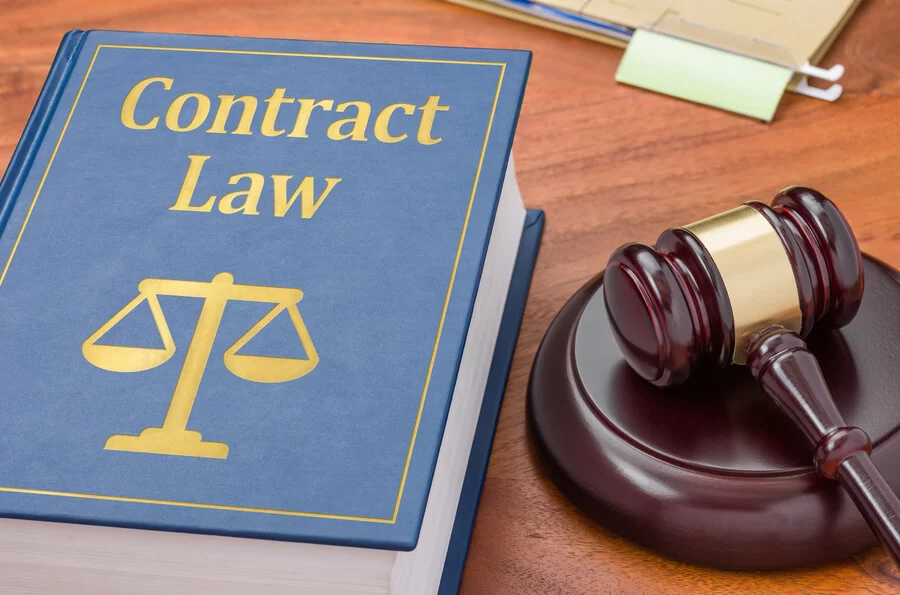
- What Are Cross-Default Clauses?
- How Cross-Default Clauses Impact Contracts
- Key Risks Associated with Cross-Default Clauses
- Practical Examples of Cross-Default Scenarios
- Legal Advice and Strategies to Manage Cross-Default Clauses
What Are Cross-Default Clauses?
Understanding cross-default clauses starts with recognizing their role in protecting lenders and creditors. A cross-default clause is a provision commonly included in loan agreements and financial contracts, designed to link multiple obligations. In simple terms, it means that if a borrower defaults on one loan or agreement, it automatically triggers a default on other related agreements, even if payments on those agreements are current.
This mechanism allows creditors to act quickly and protect their interests across all contracts, preventing a borrower from selectively defaulting on certain loans while maintaining others. For businesses or individuals involved in multiple financial arrangements, understanding cross-default clauses is essential to managing risks and maintaining financial stability.
Subsection: The legal language behind cross-default clauses
The wording of cross-default clauses can vary widely but usually includes phrases that connect defaults on one agreement with consequences on others. These clauses are carefully crafted to provide lenders with early warning and enforceable remedies, but their complexity often requires professional interpretation to fully grasp the implications.
How Cross-Default Clauses Impact Contracts
Cross-default clauses create a network effect between contracts. When one default occurs, it can cascade into multiple defaults across various agreements. This interconnectedness means that a single financial slip-up can jeopardize an entire portfolio of loans or contracts, significantly increasing the stakes for borrowers.
For example, a business may have several loan agreements with different lenders. If a payment is missed on one loan covered by a cross-default clause, all the other loans might also be considered in default. This can accelerate demands for repayment or trigger penalties across the board, leading to potential insolvency.
Subsection: Impact on negotiations and contract terms
Because of their wide-reaching consequences, cross-default clauses often become a focus during contract negotiations. Borrowers may seek to limit their scope or negotiate thresholds that must be met before a cross-default is triggered. Understanding these nuances is key to balancing risk and flexibility in financial agreements.
Key Risks Associated with Cross-Default Clauses
While cross-default clauses serve to protect creditors, they can present significant risks for borrowers. The most immediate risk is that a relatively minor default under one contract can snowball into a larger financial crisis due to multiple defaults being triggered simultaneously.
Another risk is the potential for unintended defaults caused by technical breaches or disputes unrelated to payment failures. For instance, failing to meet a covenant in one agreement might cause cross-defaults even if no payment is overdue, creating confusion and unexpected consequences.
Subsection: The challenge of managing multiple agreements
Many companies juggle numerous contracts and obligations, and cross-default clauses complicate this management. Overlooking one contract’s terms could lead to a domino effect of defaults. This underscores the importance of rigorous contract management and expert legal advice to navigate these complexities.
Practical Examples of Cross-Default Scenarios
To illustrate, consider a mid-sized business with loans from three different banks. If it misses a payment on one loan due to temporary cash flow issues, cross-default clauses might automatically place the other two loans in default. This could force immediate repayment demands from all lenders, pushing the business into a financial crisis.
Another real-world example involves a multinational corporation that faced cross-default triggers across various bond agreements after failing to comply with a non-payment covenant in one jurisdiction. This led to renegotiations with creditors and highlighted the complexity and reach of such clauses.
Subsection: Lessons from real cases
These examples show that understanding and negotiating cross-default clauses is not merely a legal formality—it’s a crucial part of strategic financial planning. Companies that fail to appreciate these risks may suffer severe consequences, while those that plan ahead can use these clauses to their advantage during restructuring or refinancing.
Legal Advice and Strategies to Manage Cross-Default Clauses
Given the complexity and potential risks associated with cross-default clauses, seeking professional legal advice is indispensable. Experts can help you understand the precise implications of these clauses in your contracts, negotiate terms that minimize risks, and develop strategies to manage existing cross-default provisions.
Some practical strategies include:
- Carefully reviewing all related contracts to identify cross-default links
- Negotiating higher thresholds or exceptions before cross-defaults apply
- Ensuring transparent communication with lenders to manage potential defaults proactively
- Implementing robust financial controls and monitoring to prevent inadvertent breaches
For those navigating cross-default clauses, ESPLawyers offers tailored legal guidance and services to protect your interests and optimize contract terms. Whether you are drafting new agreements or addressing existing cross-default issues, professional support is key to mitigating risks effectively.








